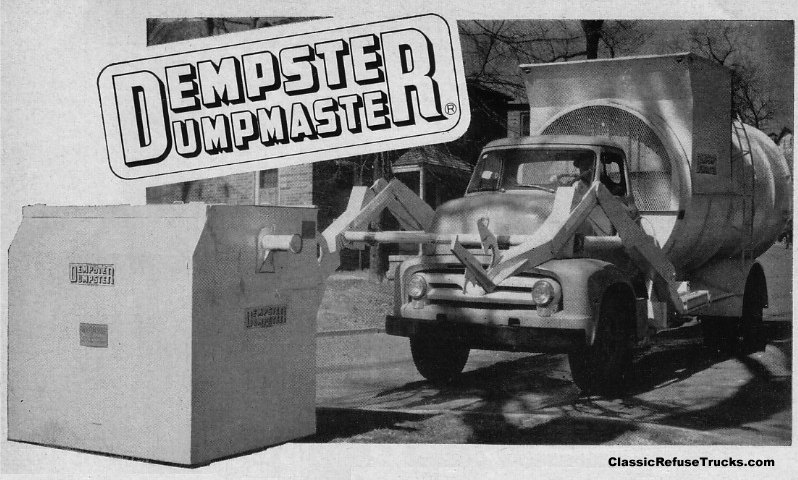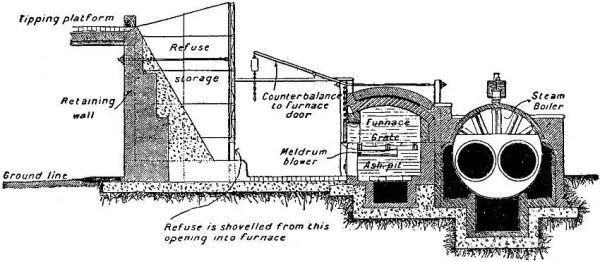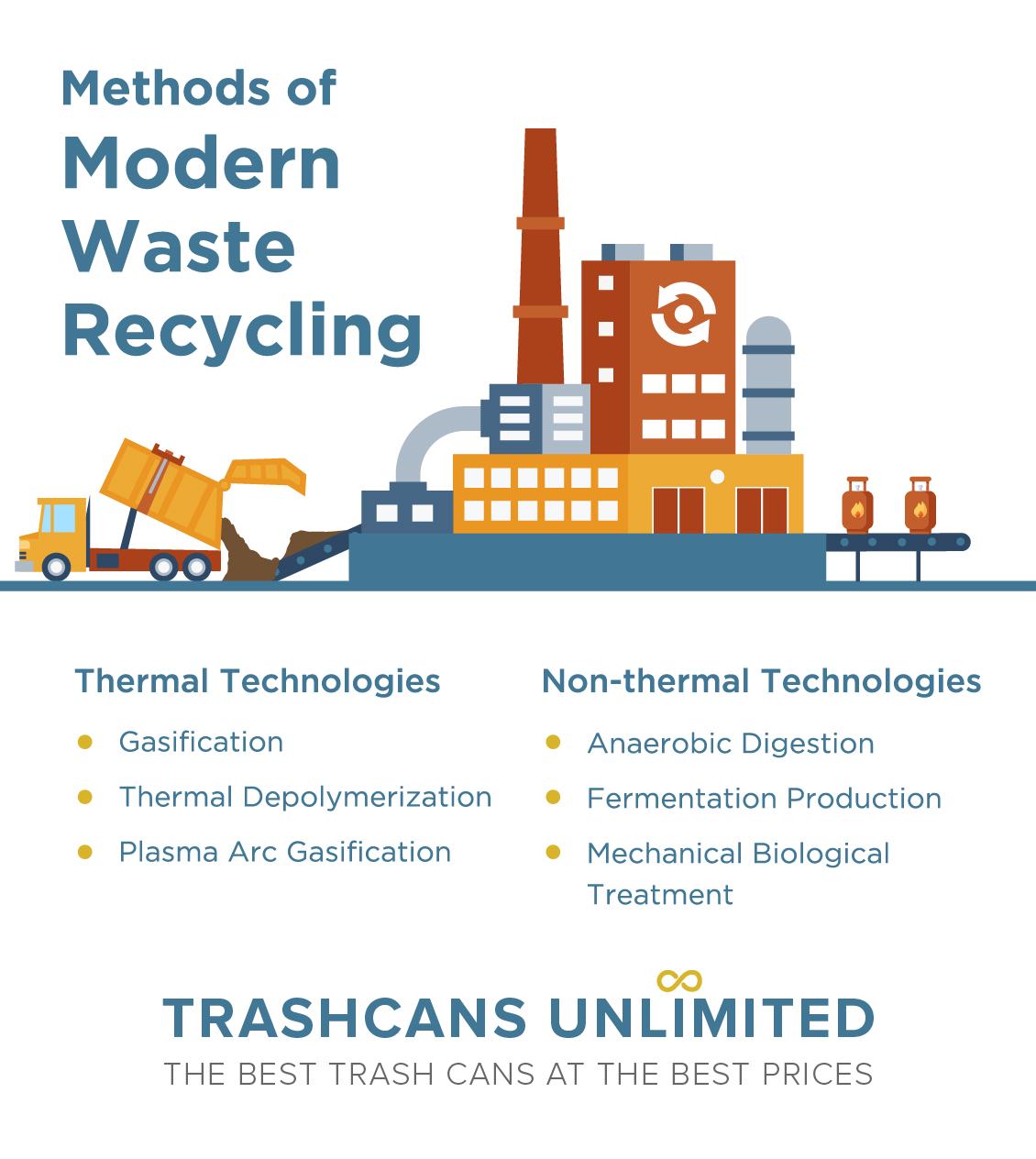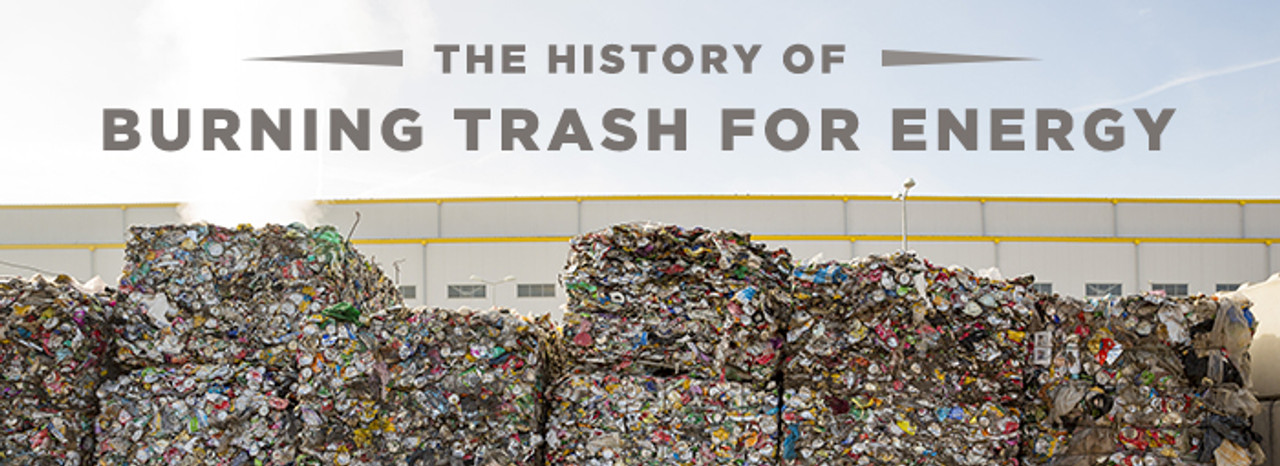Everyone knows the importance of waste management, but do you know that there’s a long and storied history of municipal waste incineration? You might have encountered our article on how to generate energy from waste, and this piece will dive deeper into the history of waste management.
It might come as a surprise to realize that people haven’t always thought of garbage in the same way, and that modern hygiene was a huge part of the development of packaged products. One of the enormous ways that trash has become a bigger part of our lives is the fact that it is that now all of the products we consume come in packaging, which creates more waste than ever before. This isn’t necessarily a bad thing, it’s a fact of modern production and consumption. Understanding the system and its history is essential to learning about sustainable waste management.
Our relationship to trash is long, with many twists and turns along the way. We’ll start at the beginning of waste disposal, and then continue until we’ve arrived at the high-tech trash burning of today.
A history of trash
The history of waste removal, trash-to-energy, and disposal begins with industrialization. Huge developments in both sanitation and the overall production of waste were beginning to emerge at around the same time. Outbreaks of cholera and other diseases were rampant, and there was no extant infrastructure for the collection and disposal of waste, so people were generally getting sick a lot, and waste was just, for lack of a better word, around, or was dumped in piles or thrown into the street.
In the United States, it wasn’t until 1895 that the first municipal waste program was implemented. New York City implemented a publicly funded waste management program, and it only went on from there. Cities around the US started implementing programs that would help keep waste to a minimum, including embracing new technologies for disposal. In 1937, George Dempster invented the Dempster-Dumpster system which birthed the garbage truck.

However, the incinerator has a bit of an earlier history than other waste management programs, and it is the precursor to modern waste-to-energy plants.
The incinerator
The first incinerators were called “destructors.” The first one was built in Nottingham in 1874 based around the design of Albert Fryer. People weren’t super happy about it, as it distributed huge amounts of ash into the surrounding areas and neighborhoods.
But designs improved, and more incinerators were produced, often located in smaller cities or rural areas to decrease the overall amount of pollution and dips in air quality. The first US incinerator was built on Governors Island, NY, in 1885.

Incinerators are now a big part of much of the US’ trash disposal and waste management programs. Currently, 86 incinerators across 25 states burn roughly 29 million tons of garbage annually, which generates 0.4 percent of the US’ electricity. As more advanced technologies develop, old-school incinerators are being outmoded as inefficient.
Modern recycling and waste diversion

Incinerators continue to be present today, though many have become obsolete due to better methods for trash incineration and disposal. Modern waste to energy technology has come a long way from simply burning trash for electricity, and can be broken down into two branches, thermal and non-thermal.
Thermal technologies:
- Gasification: a process that converts organic materials into carbon monoxide, hydrogen and carbon dioxide. These materials are useful, and the process involves high temperatures, but no combustion.
- Thermal depolymerization: a complex process which can result in the breaking down of organic materials into light crude oil.
- Plasma arc gasification: a process that can convert waste material into syngas, which is a gas that can be used for electricity generation.
Non-thermal technologies:
- Anaerobic digestion: the use of microorganisms to turn biodegradable waste into useful materials like biogas.
- Fermentation production: through the fermentation of waste materials, useful substances like ethanol can be produced.
- Mechanical biological treatment (MBT): this style of waste to energy treatment is the powerful technology behind waste sorting facilities coupled with the use of composting to break down waste for use as fertilizer.
Modern recycling and waste diversion has come a long way since the incinerator. Science and engineering have helped create effective and powerful methods for dealing with waste. Benefits to these new technologies include lower overhead, lower building costs. Additionally, modern waste-to-energy facilities can become an important part of a waste diversion plan when they’re supported by the proper infrastructure. To understand this process better, check out our informative piece on waste transfer station design.
Compared to the incinerators of decades ago, which often did not produce power at all, most waste-to-energy plants sort the waste that they receive into recyclable and non-recyclable materials before combustion, so that materials are optimally diverted to where they can be of most use. The EPA reports that the U.S. sent around 32.66 million tons of waste to facilities that converted the refuse into energy. With this much trash in circulation, the economics of recycling become quite complex!
Learn more
If you’re interested in learning more about waste-to-energy plants, the Energy Recovery Council’s website is a great place to start. Their stance on municipal solid waste is eye-opening, and there’s tons of information to be learned.
And, if you’re just looking for a way to improve your own trash disposal, get in touch with us, and browse some of our waste receptacles while you’re at it.
Images Cited:
https://www.budgetdumpster.com/blog/wp-content/uploads/2017/02/Dumpmaster.png
https://www.wiki.sanitarc.si/1874-fryer-builds-furnace-incinerator-refuse-nottingham-england/

